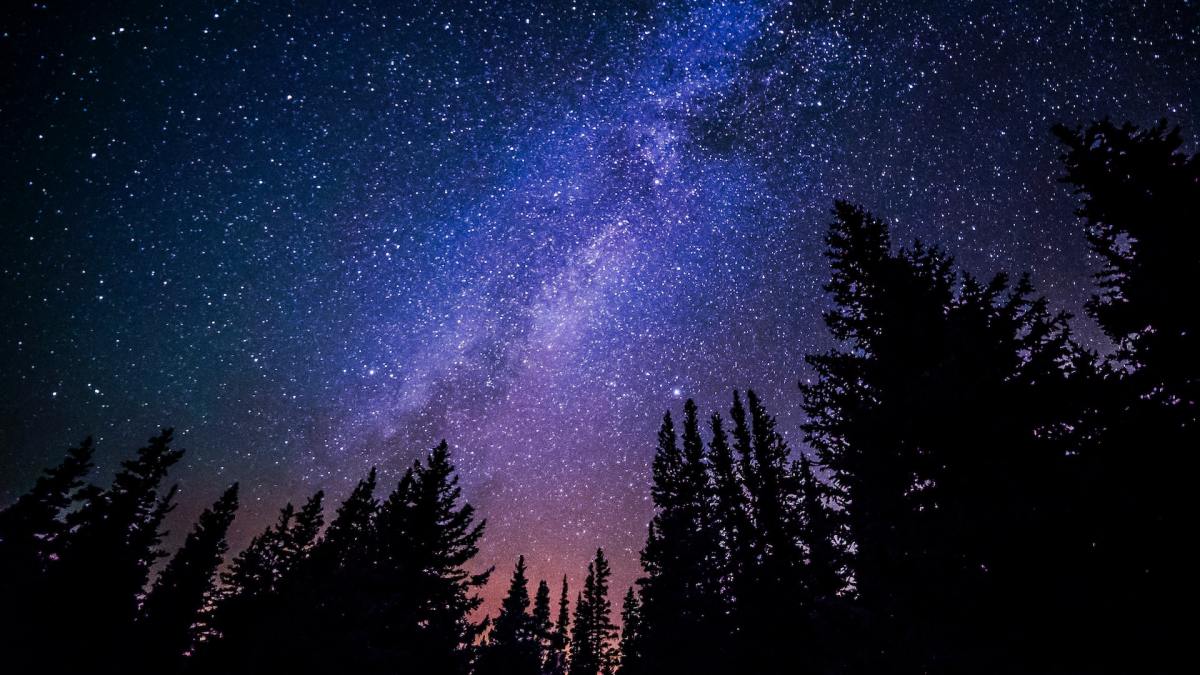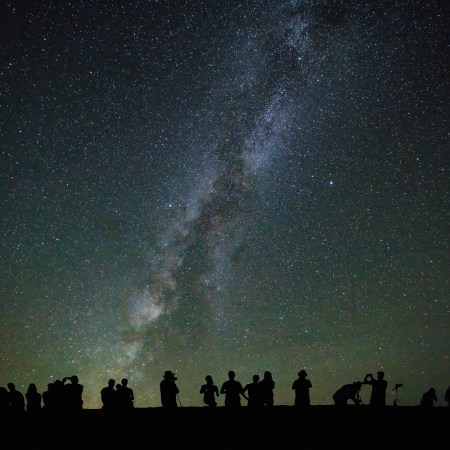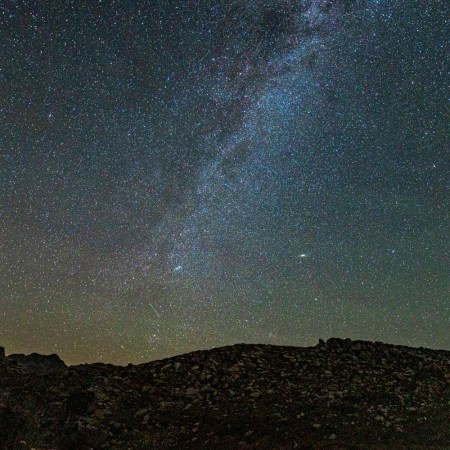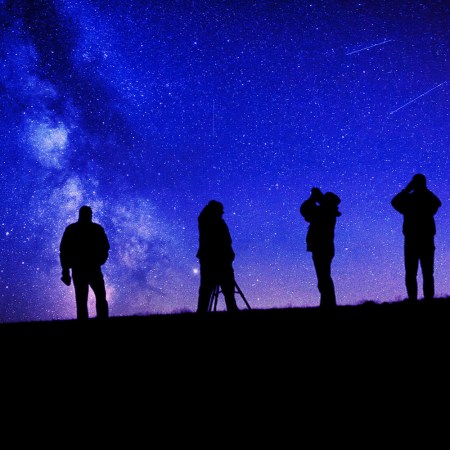You might find yourself read about the rise of dark sky reserves (or dark sky nations) and wondering what the big deal is about. That’s understandable; if you’ve spent most of your life in a densely populated area, what you can see in the night sky is often limited to the brightest stars and other celestial objects. Journey outside of that, though, and you may well find the sight of a clear sky full of stars jaw-dropping. (That was certainly my experience, anyway.)
Here’s the trouble: according to a recent study, light pollution is getting more and more severe. That’s one of the biggest takeaways from an article by Will Sullivan at Smithsonian Magazine. Sullivan is reporting on a paper recently published in Science, titled “Citizen scientists report global rapid reductions in the visibility of stars from 2011 to 2022.”
What qualifies as “rapid reductions”? According to the paper, it’s substantial, with data trends indicating “the average night sky got brighter by 9.6% per year from 2011 to 2022, which is equivalent to doubling the sky brightness every 8 years.” The data for the study was accumulated using 51,351 naked-eye measurements of the sky over the course of over a decade.
The issues here go far beyond humans not being able to see the full array of stars in the night sky, however. The study cites several ways in which increased light pollution is likely to adversely affect animals, from fish responding differently when light is brighter to nocturnal predators finding it more difficult to hunt properly. As we’re learning, small changes to one part of an ecosystem can have dramatic effects — which makes these findings all the more unnerving.
Thanks for reading InsideHook. Sign up for our daily newsletter and be in the know.

















